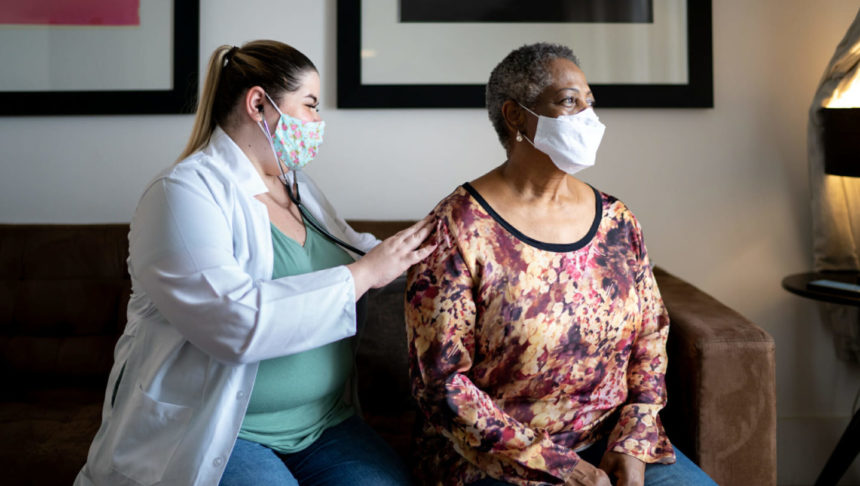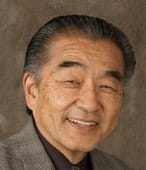
Clinicians should be on high alert for COVID-19 in older Black patients presenting with symptoms that don’t quite fit a typical pattern for common diagnoses, according to a well-known geriatrician.
Thomas T. Yoshikawa, M.D., an award-winning acute-care geriatrician and professor of medicine, emphasized his awareness of the relatively high rate of COVID-19 cases in his institution’s own patient community in South Los Angeles. He reached out in a letter to his fellow clinicians published Monday in the Journal of the American Geriatrics Society.
“I wish to call attention to the disproportionately high attack rate of COVID-19 among minority ethnic populations, especially that of the Black community,” wrote Yoshikawa, a professor at the David Geffen School of Medicine at UCLA and the Charles R. Drew University of Medicine and Science in Los Angeles.

Older Black Americans have a high rate of chronic disease and socioeconomic factors that can play into COVID-19 susceptibility, let alone older age, he wrote. Yet although geriatricians are aware that diseases, disorders and disabilities can present in an atypical manner in aging populations, it is likely that some of these deaths in Black seniors are related to delayed recognition, not only by the affected patient but by their treating clinician, he contended.
Considering this, and with these seniors representing more than 70% of COVID-19-related deaths in some states, COVID-19 should be top of mind when treating older Black adults, he urged geriatricians.
“[I]f an older person presents with a symptom complex that is not consistent with most diseases/disorders, consider COVID-19 until proven otherwise,” Yoshikawa wrote.
The doctor’s caution comes just after the Centers for Disease Control and Prevention released new data on excess pandemic mortality in older minority populations.
For Black persons aged 65 years and older, percentage excess mortality peaked in April 2020 at nearly 120%, with smaller peaks in July and December, according to the study, published Friday in the agency’s Morbidity and Mortality Weekly Report. In 2020 overall, Black and Hispanic seniors accounted for more than 1,000 excess deaths per 100,000 person-years compared with the number of deaths expected to occur, investigators reported.




